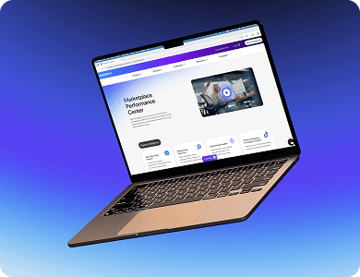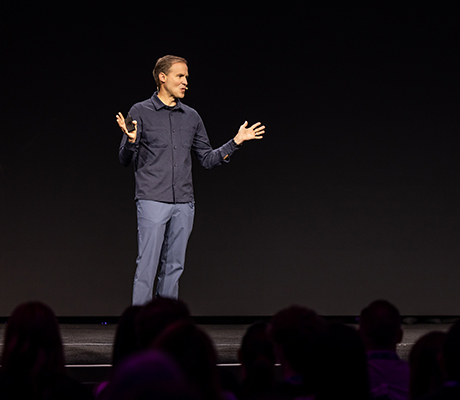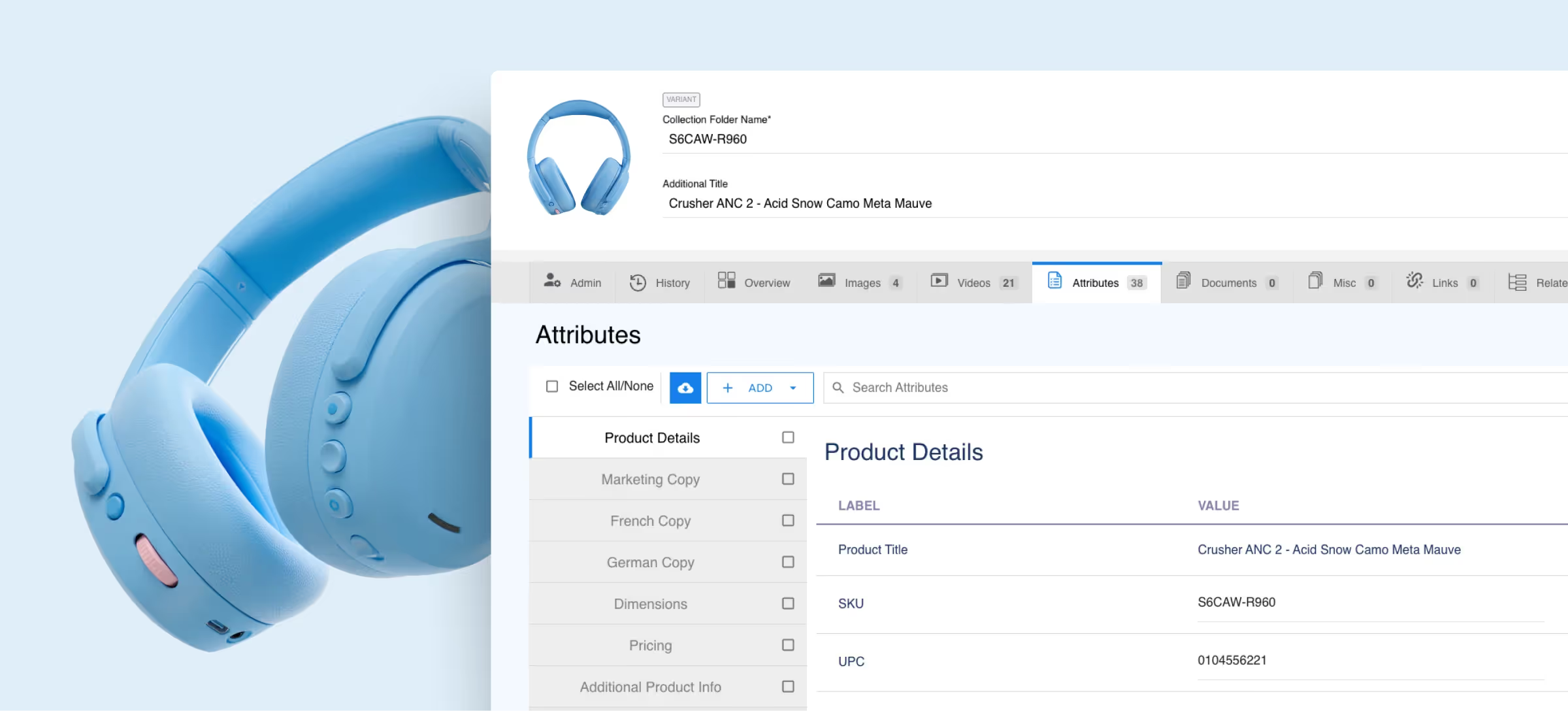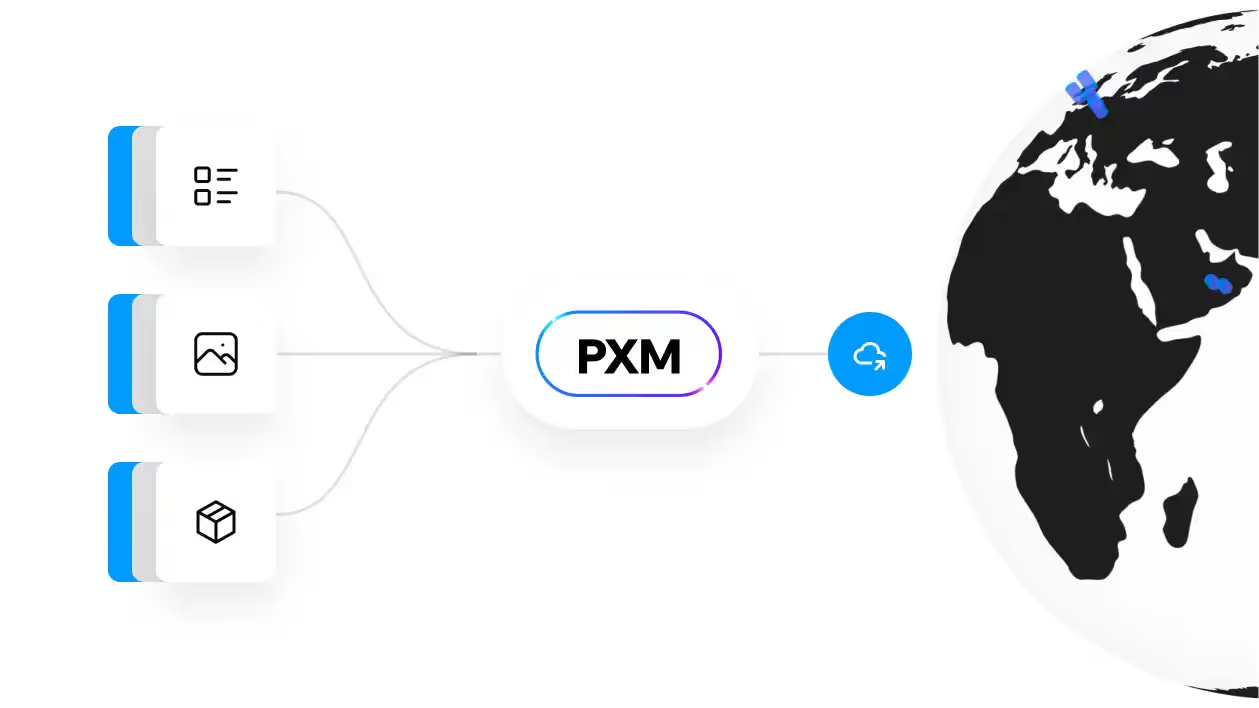Third Party Logistics (3PL) Fulfillment
Discover 3PL ecommerce fulfillment that scales with you. From warehousing to fast delivery, Pattern’s network powers reliable global order fulfillment.
What is 3PL ecommerce fulfillment?
Your ecommerce business doesn’t stop at checkout. Every order kicks off a chain of warehousing, inventory, packing, and shipping — and that’s where 3PLs come in. They handle the heavy lifting so you can focus on growth.
Today’s 3PLs do way more than store and ship. They manage inventory smartly, handle multi-channel distribution, and plug right into platforms like Amazon, Walmart, Shopify, and international marketplaces.
From keeping stock in check to prepping FBA orders, they make sure every customer gets a smooth, seamless experience. More than vendors, 3PLs are true partners that streamline operations, reach customers everywhere, and help your business scale faster.
Core benefits of 3PL ecommerce fulfillment for growing businesses
Fulfillment can get complicated fast as your business grows, but 3PLs make it easier. By letting experts handle warehousing, order processing, and shipping, you get access to smart tools, nationwide networks, and efficient processes — without the time and cost of building it all yourself.
Here’s how 3PLs add value for your growing business:
- Cost optimization: Turn fixed warehouse and shipping costs into flexible, pay-as-you-go expenses. Many businesses save 15–30% using bulk shipping and economies of scale.
- Speed and efficiency: Get orders out faster and more accurately with automated processing. Some 3PLs even offer same-day fulfillment with near-perfect accuracy.
- Scalability: Handle seasonal spikes or long-term growth without disruption. You can scale from hundreds to millions of units without huge upfront investment.
- Geographic expansion: Reach customers faster by placing inventory strategically across the country. Shipping costs drop, and delivery times improve.
- Technology access: Take advantage of advanced warehouse systems and AI-powered optimization. Real-time analytics give you the insights you need without an IT team.
- Focus on core business: Let your team concentrate on products, marketing, and customer growth. Meanwhile, 3PL experts handle the logistics heavy lifting.
- Carrier relationships: Benefit from established partnerships with major shipping carriers. That means better rates and faster service than most businesses can negotiate alone.
Ready to grow more efficiently? Pattern’s Marketplace Accelerator brings fulfillment, multi-channel inventory, and marketplace integration together in one solution, helping you reach more customers and scale without the usual headaches.
Essential 3PL services for ecommerce success
Once you understand the value 3PLs bring, it helps to see what they actually do day-to-day. From keeping inventory in check to shipping orders worldwide, modern 3PLs offer a range of services designed to streamline operations, improve customer experience, and help your business scale efficiently.
Here’s a closer look at the key services that make it all possible:
- Inventory management: Track stock in real time, automate reorders, and prevent stockouts or overstock. Smart forecasting keeps everything balanced.
- Order fulfillment: Pick, pack, and ship fast while customizing packaging, adding branded inserts, or handling special product needs. Every order can feel personal.
- Marketplace integration: Get FBA-, Walmart-, and other marketplace-ready with compliant labeling, packaging, and EDI connections. No guesswork, no hassle.
- Multi-channel distribution: Allocate inventory seamlessly across DTC, marketplaces, and retail channels. Unified reporting keeps you on top of sales and stock.
- Returns management: Inspect, restock, and communicate with customers effortlessly. Turn returns into value while keeping buyers happy.
- Value-added services: Kitting, assembly, customization, and special packaging make your products stand out from the start.
- International fulfillment: Ship globally with customs support, duty management, and full compliance. Expand worldwide without the headaches.
- Technology integration: Connect APIs, automate reporting, and access real-time analytics. Make smarter, faster business decisions with your data.
Key considerations when selecting a 3PL partner
Cost isn’t the only thing to consider when you’re comparing 3PL partners. The right option should certainly fit your budget, but also scale with your business, support your technology needs, and keep your customers happy.
As you shop around, keep these important factors in mind:
- Technology capabilities: Make sure they integrate smoothly with your systems, offer APIs, real-time reporting, and advanced automation like vision tunnel scanning and automated sorting.
- Industry expertise: Choose a provider that knows your products, marketplaces, and compliance rules, especially if you sell on multiple platforms.
- Scalability and flexibility: Pick a partner that can handle peak seasons and growth without slowing down or increasing costs.
- Geographic coverage: Look at their fulfillment center locations, shipping zones, and inventory placement to get products to customers faster and cheaper.
- Performance metrics: Check their accuracy, processing speed, shipping reliability, and customer satisfaction. Top providers hit 99.9% accuracy.
- Cost structure: Understand their setup fees, monthly charges, per-order costs, and any extra service fees upfront.
- Customer support: Make sure they’re responsive, knowledgeable, and offer dedicated account management for complex operations.
- Future-proof capabilities: Consider their roadmap for innovation, AI integration, and ability to ada
For a 3PL that does it all, choose Pattern Middle Mile. Smart tech, marketplace expertise, and nationwide coverage keep your operations smooth and growing.
Implementation best practices for 3PL integration
Bringing a 3PL on board can completely transform your fulfillment operations, but smooth integration takes careful planning and clear communication. From preparing your team to moving inventory, each step matters.
Here’s how to set yourself up for success:
- Pre-implementation planning: Audit your inventory, set clear KPIs, and map out a detailed timeline. Make sure everyone knows their responsibilities and how you’ll communicate along the way.
- System integration strategy: Plan your API connections, data mapping, and testing protocols before going live. This keeps information moving smoothly between your systems and the 3PL.
- Inventory transition: Move stock in phases to avoid service disruptions. Keep safety stock on hand so you can handle surprises during the transition.
- Team training and communication: Prepare your team for new workflows and establish clear ways to reach 3PL contacts. Set up escalation procedures so issues get solved quickly.
- Performance monitoring: Use real-time dashboards and regular review cycles to track performance. Collect feedback and make adjustments to keep improving.
- Pilot program approach: Test the system with a few products or regions first. Learn from the pilot before rolling out full-scale implementation.
- Documentation and procedures: Create clear SOPs, quality checkpoints, and disaster recovery plans. Having everything documented keeps your team consistent and confident.
- Stakeholder alignment: Get every team on the same page about changes to fulfillment. Make sure everyone knows how it affects day-to-day operations and the customer experience.
Measuring ROI and success metrics for 3PL partnerships
Once you’ve invested in a 3PL, it’s time to see the payoff. By monitoring key metrics, you can see exactly how the partnership impacts your bottom line, team productivity, and customer experience.
Here’s what to focus on:
- Cost analysis: Track all fulfillment costs and see how a 3PL can cut 15–30% compared to in-house.
- Operational efficiency: Measure order speed, accuracy, and inventory turnover. Top providers hit same-day processing with 99.9% accuracy.
- Customer satisfaction: Monitor delivery, returns, and feedback to see how fulfillment affects loyalty and repeat business.
- Business growth: Check how your 3PL expands order capacity, new regions, and channels you couldn’t handle internally.
- Resource reallocation: Free your team to focus on product, marketing, and strategy while logistics runs smoothly.
- Technology benefits: Leverage better visibility, reporting, and analytics to make smarter business decisions.
- Risk mitigation: Reduce mistakes, compliance issues, and operational hiccups with professional logistics management.
- Strategic value: Track how your 3PL supports scaling, market expansion, and staying competitive over time.
3PL vs. other fulfillment options
You’ve got options for getting orders to customers, but which one really supports growth and efficiency? Let’s explore how 3PL compares to in-house, dropshipping, FBA, and hybrid solutions.
In-house fulfillment
Handling fulfillment yourself comes with high costs, staffing challenges, and constant tech upgrades. Scaling during busy seasons or as your business grows can be expensive and stressful. Any mistakes in inventory, compliance, or shipping are entirely on your team, which adds risk and operational strain.
Dropshipping
Dropshipping reduces inventory risk and requires little upfront investment, but it comes with slower shipping, lower margins, and limited control over the customer experience. Scaling is easy in theory, but you’re constrained by supplier reliability and geographic coverage.
Amazon FBA
FBA simplifies Amazon orders and offers predictable costs, but it limits multi-channel flexibility and brand ownership. Expanding beyond Amazon or integrating with your own systems can be tricky, leaving you less control over fulfillment.
Hybrid models
Combining in-house fulfillment with outsourced services gives flexibility, but it also adds complexity. Managing multiple systems, costs, and inventory channels can be challenging, and the risk of errors spreads across your operations.
Future of 3PL ecommerce fulfillment
The world of ecommerce fulfillment is evolving fast, and 3PLs are at the forefront. Here’s what’s shaping the future of the industry:
- AI and automation: From sorting over 225 cartons per minute to machine learning that optimizes routes and predicts inventory needs, automation is making fulfillment faster and smarter.
- Omnichannel fulfillment: Manage inventory across all your sales channels in real time. Cross-channel visibility ensures orders go out quickly and customers get a seamless experience every time.
- Sustainability: Eco-friendly packaging, carbon-neutral shipping, and smarter routes help reduce environmental impact while meeting consumer expectations for greener operations.
- Real-time visibility: Customers and businesses get enhanced tracking, predictive alerts, and total transparency across the supply chain.
- Global expansion: 3PLs with local expertise, customs support, and compliance management make international growth smooth and stress-free.
- Marketplace evolution: Specialized services for emerging marketplaces, platform-specific optimization, and multi-marketplace integration keep brands competitive everywhere they sell.
- Customer experience: Personalized packaging, faster delivery, and simple returns processes help brands stand out in crowded ecommerce markets.
- Data-driven optimization: Advanced analytics provide insights for inventory planning, demand forecasting, and smarter business decisions that drive growth.
3PL success stories
Want to see how other businesses are thriving with the help of 3PLs? Check out Pattern’s success stories.

Book a strategy call
Take the guesswork out of scaling your business. Book a strategy call to see how Pattern can optimize your operations.

Frequently Asked Questions
How long does it take to implement a 3PL solution?
Implementation typically takes 60–180 days depending on complexity, inventory volume, and integration requirements. Simple setups can launch in 30–60 days, while complex multi-channel operations may require 4–6 months for full optimization and staff training.
What happens if my 3PL partner doesn't meet performance standards?
Reputable 3PL providers offer service level agreements (SLAs) with specific performance metrics and remediation procedures. Most contracts include penalty clauses for underperformance and termination rights, ensuring accountability and service quality maintenance.
Can small businesses benefit from 3PL services, or are they only for large enterprises?
3PL services benefit businesses of all sizes, with many providers offering scalable solutions starting at low monthly volumes. Small businesses often see proportionally greater benefits through access to enterprise-level technology and shipping rates previously unavailable.
What's the difference between 3PL and traditional fulfillment services?
Modern 3PL providers offer comprehensive technology integration, multi-channel expertise, and advanced automation compared to basic warehousing services. They function as strategic partners providing analytics, optimization, and growth enablement rather than simple storage and shipping.
How do 3PL providers handle returns and customer service issues?
Professional 3PL providers offer comprehensive returns management including inspection, restocking, customer communication, and refurbishment services. Many provide dedicated customer service teams and integration with your existing support systems for seamless issue resolution.


.jpg)










